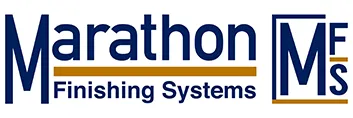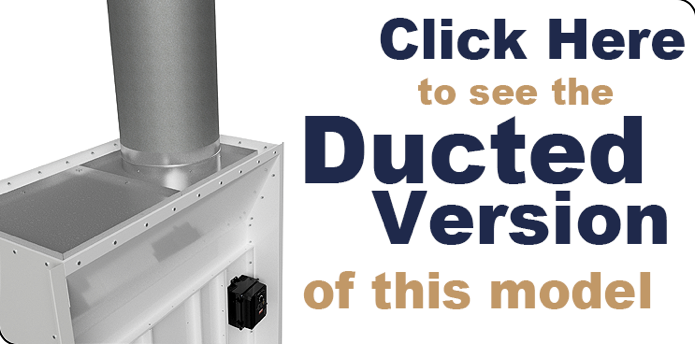Small Parts Booths – SPB 76F
The SPB-76F design is the widest Small Parts Booth we make! This 76 inch wide, full height ductless booth is the booth that you need when “LARGE” is what you want, but “SMALL” is what you need. Almost as wide as a full size spray booth installation, this model has it all. Simple to operate and maintain, yet offering all of the benefits of a full size booth. This booth can be moved around heavy or unmanageable components that need finishing. Quality, size, cost, and versatility… the MOST amount of booth in the LEAST amount of space!
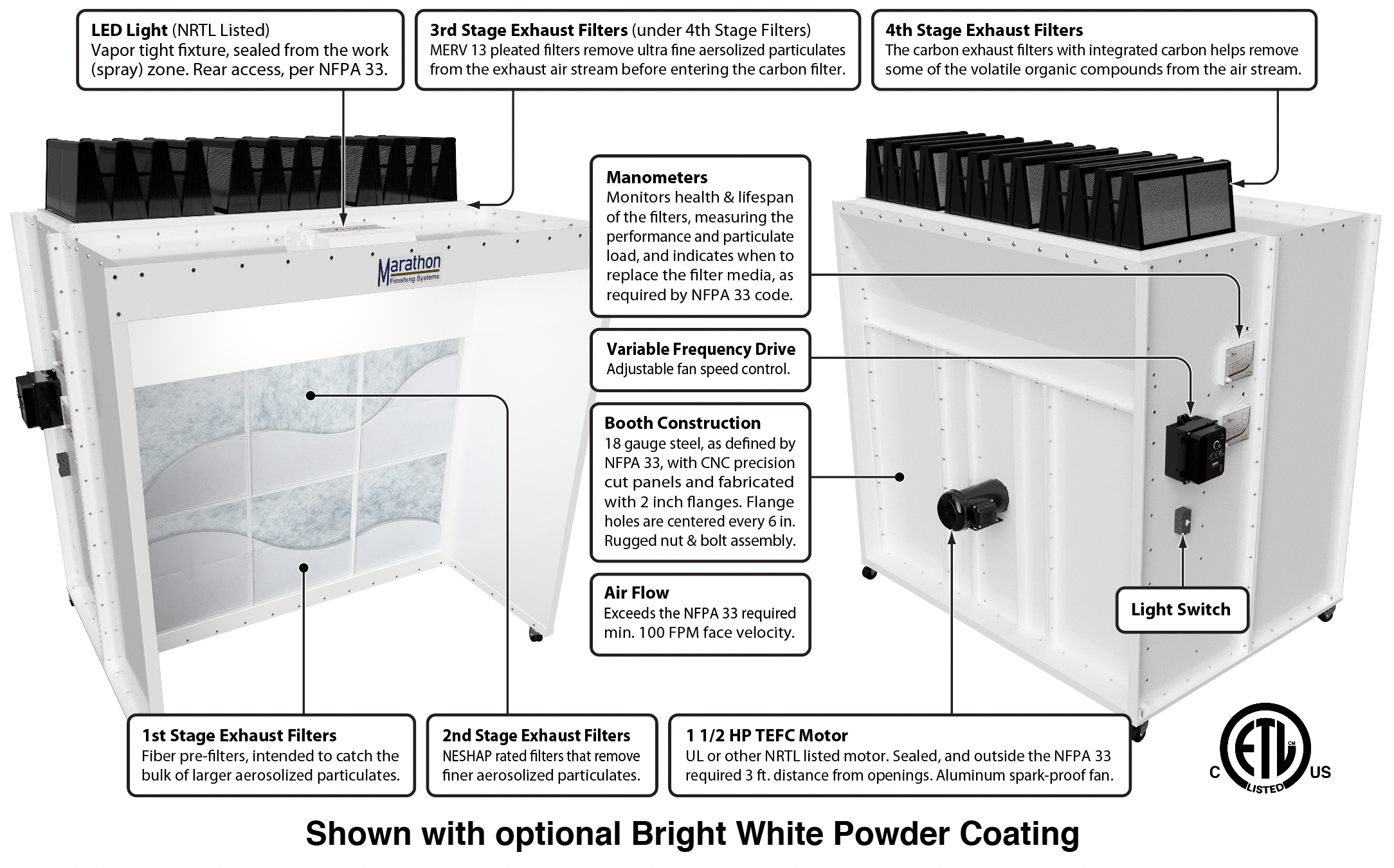
Did you Know?
The ETL Listing (certification) is your confirmation that every aspect of our construction meets or exceeds the build and safety code standards established by NFPA 33. This is important, as your Fire Inspector will require proof of compliance before approval.
Our Certifications
The ETL Listed Mark (shown below) indicates that Marathon Finishing products have been evaluated and tested by InterTek, a Nationally Recognized Testing Laboratory (NRTL) and have been found to meet or exceed all required national safety standards for the US and Canada.
Our Standards
All of our products meet or exceed the following national safety and fire standards:
- International Fire Code (IFC)
- California Fire Code (CFC)
- National Fire Protection Assn. Code 1 (NFPA 1)
- National Fire Protection Assn. Code 33 (NFPA 33)
- National Fire Protection Assn. Code 70 (NFPA 70)
- International Mechanical Code (IMC)
- Occupational Safety Hazards Assn. (OSHA)
Marathon’s SPB (Small Parts Booth) is the best product of it’s type available anywhere. We use the exact same materials and design techniques that we use on our large full size spray paint booths when making the SPB models. The booth housing is made from 18 gauge steel, CNC precision cut, with holes cut 6″ on center, with full, 2″ companion flanges.

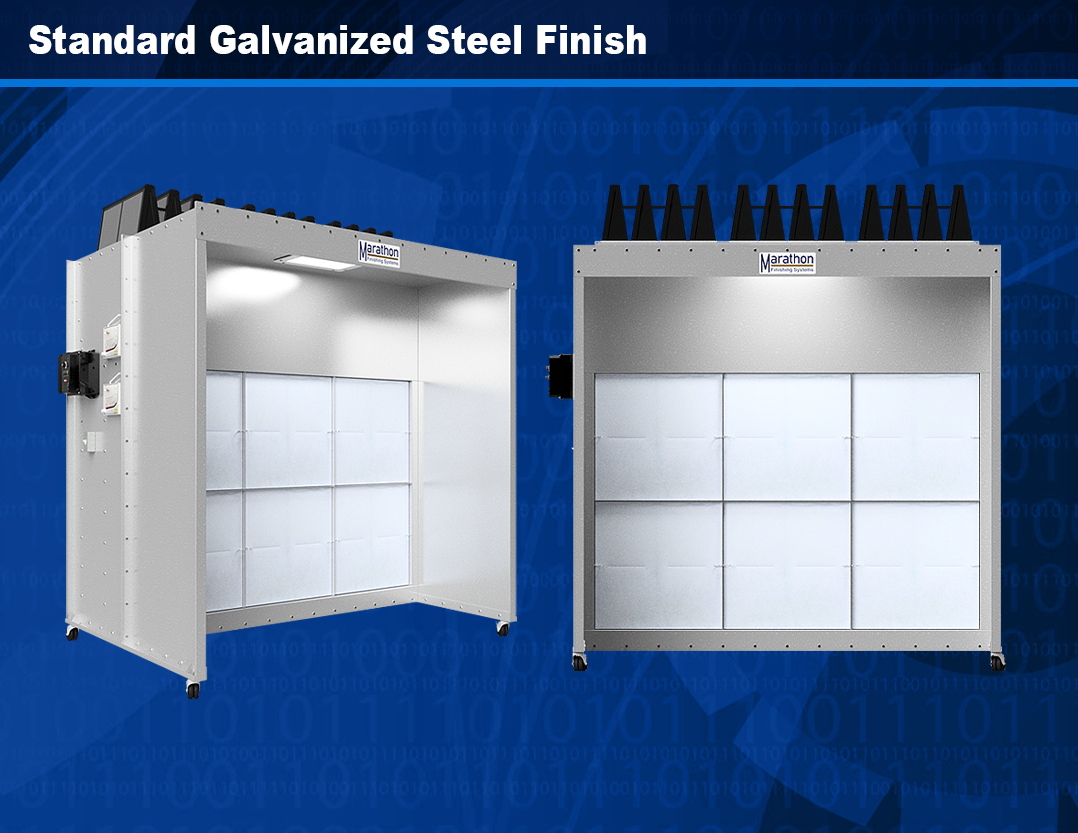
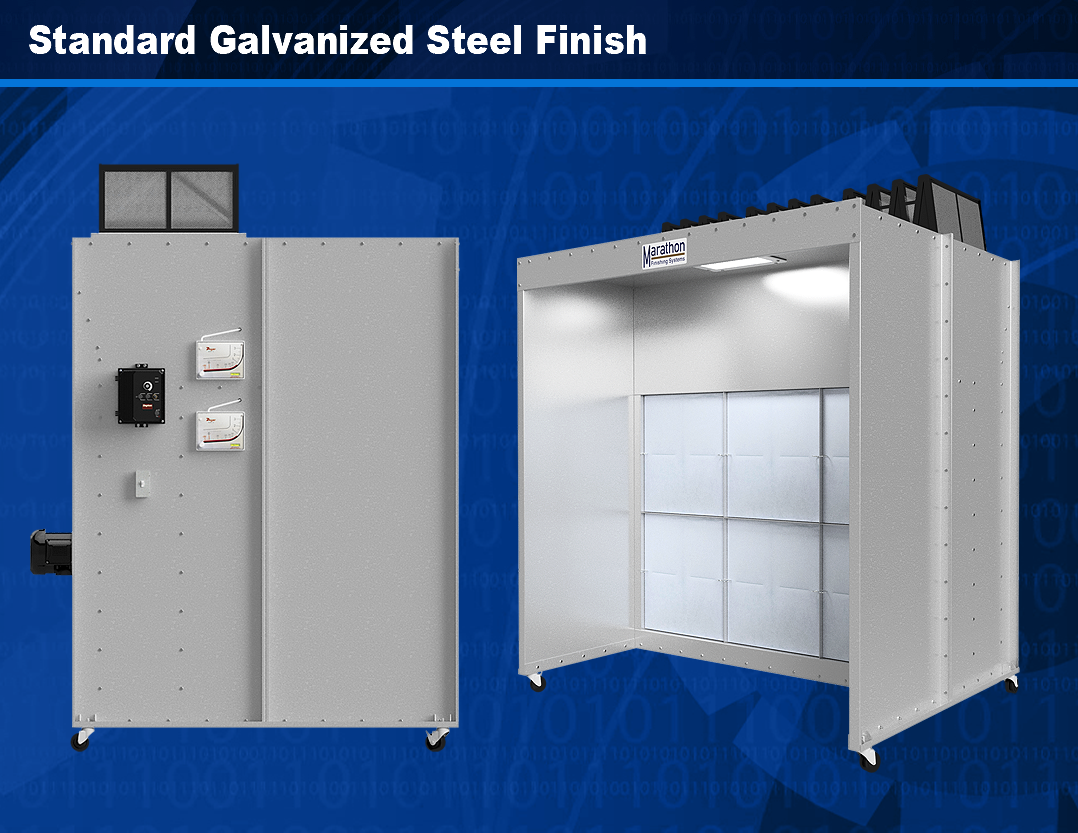
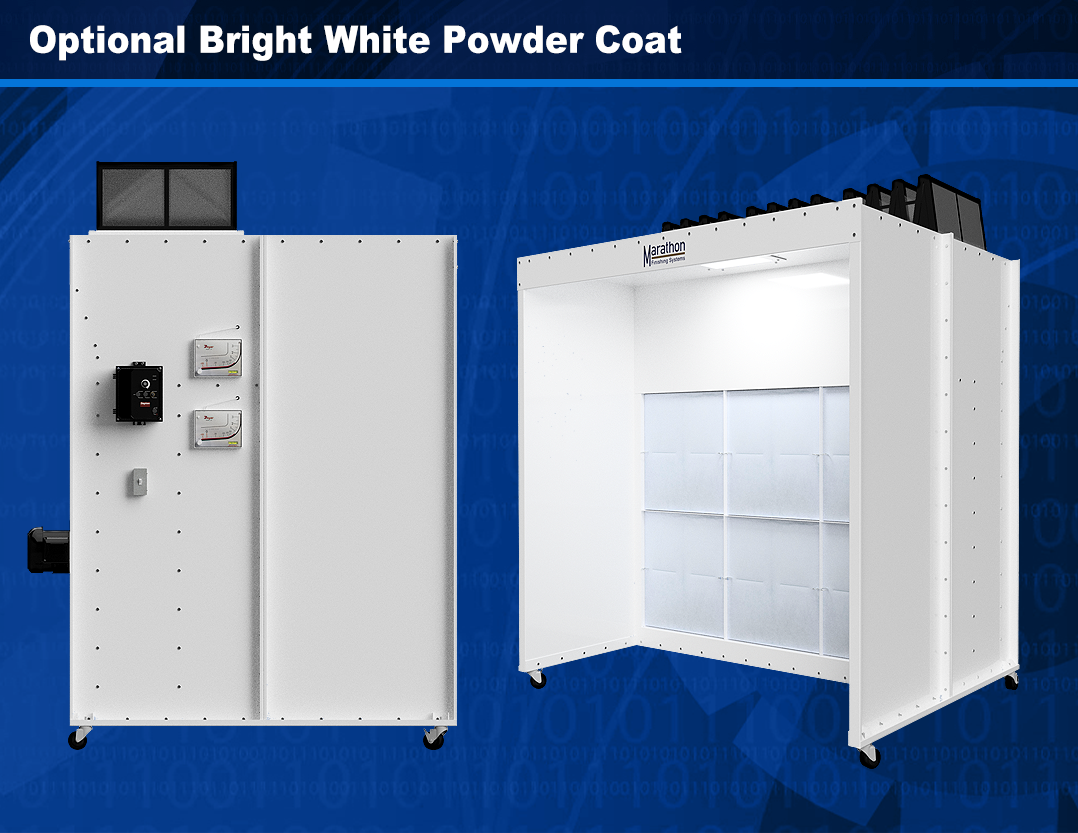
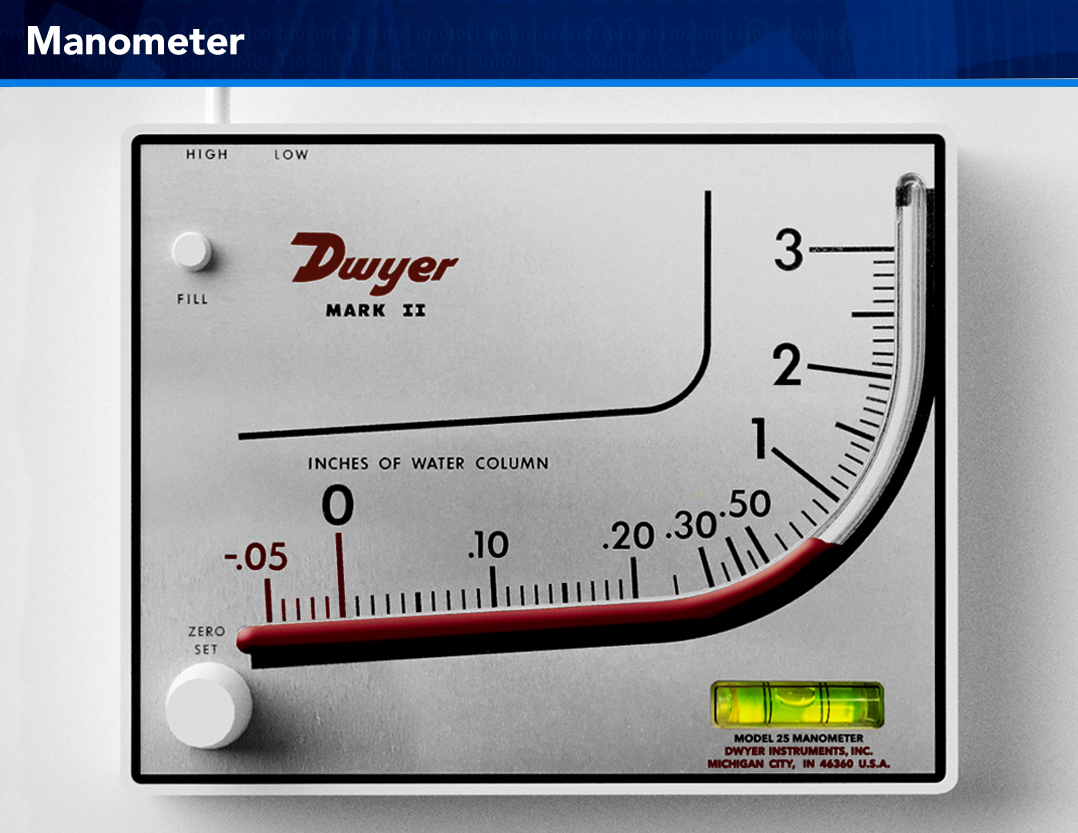
Call us at 951-327-7503 and tell us which of these options you are interested in. You’ll see why we say Marathon Finishing is the Benchmark for spray painting solutions!
